5 Haunting Places to See the Dead
We've rounded up the best places to see skulls, skeletons and mummies around the world.
You don't have to have a sixth sense to see real dead people on your next adventure — but you may need a little bit of courage. Head to these haunting destinations where actual human remains are among the most popular attractions.
GO: Actun Tunichil Muknal Caves
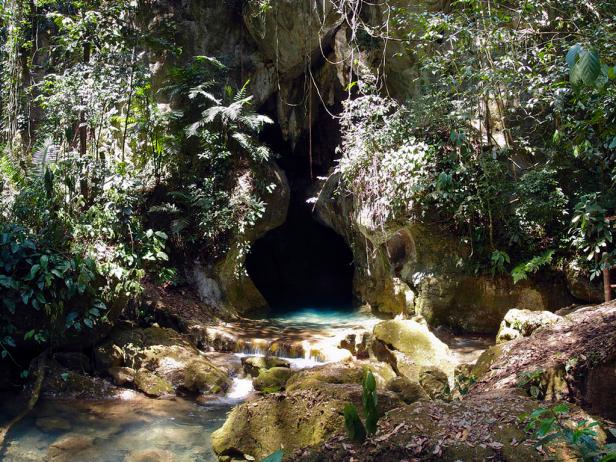
side78, Flickr
This underwater cave system in Belize is a true Indiana Jones-style adventure. First, visitors must cross three rivers to arrive at the ATM Caves. Then, with headlamps, travelers plunge into the water, which leads you through a labyrinth of passageways to climb rocks and navigate through several narrow entry points through the water. Finally, two hours later, you arrive at an ancient sacrificial chamber that contains 1,000-year-old skeletal remains (Mayan human sacrifices), one still fully intact from head to toe. It's a thrilling excursion not for the faint of heart!
GO: Valley of the Kings
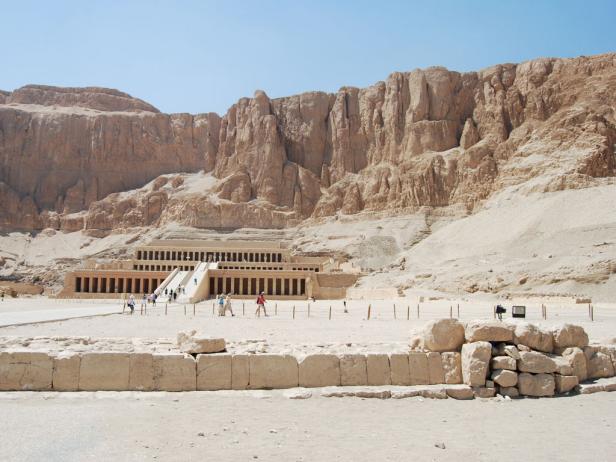
Thinkstock
Egypt’s history of mummification dates back to 3500 B.C. Visitors make a beeline to Luxor along the Nile River Valley where King Tut, the granddaddy and most famous of all mummies, was discovered in 1922 almost entirely intact, more than 3,000 years after being entombed. A giant statue of Ramses the Great at Luxor Temple is also an impressive sight. Valley of the Kings is where the pharaohs were buried to meet their gods in the afterlife; today, the valley is known to contain more than 60 tombs and chambers.
Hilton Luxor Resort & Spa can arrange visits with experienced local guides, and the hotel's pool offers unobstructed views of the Nile and Valley of the Kings.
GO: Skull Caves
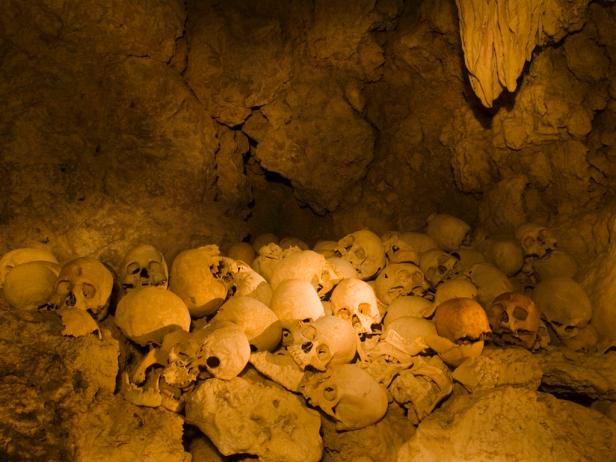
Getty Images
Skull caves are a mostly forgotten reminder of Papua New Guinea's once unique history. The main skull cave is located on the north coast, underground, and reached by a wooden stairway constructed by local villagers (don't be surprised to find them waiting to sell you handicrafts on your way out). Inside the cave, visitors will find hundreds of cranial remains. There are two main theories as to why the skulls are here: headhunting and cannibalism (pre-missionary days) or a burial cave containing skulls from Papua New Guinea's most respected people. You decide!
Tawali is a rustic villa resort that offers guided hikes to the caves.
GO: St. Michan's Church
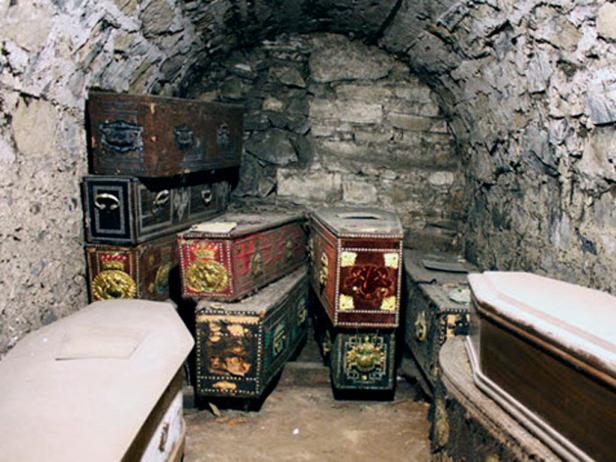
foxhunter22, Wikimedia Commons
Unarguably one of Dublin’s most unusual attractions is at St. Michan’s Church, made famous by its crypt. Underneath the church is five burial vaults comprising well-preserved mummified remains of some of Dublin's most influential residents of yore, including the legendary Sheares brothers, Irish revolutionaries who were hanged by the British. One body's legs were cut off at the knees (legend has it that was the only way his 6-foot-6-inch body could fit in the coffin). Today, the guides may encourage you to touch his finger for good luck. After all, it is the luck of the Irish.
The Merrion is one of Dublin's oldest hotels and arranges walking tours to the church.
GO: Killing Fields + Tuol Sleng Genocide Museum
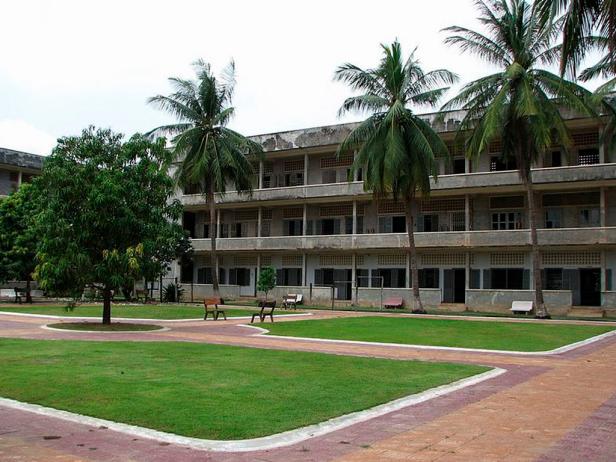
Michael Grijters, Wikimedia Commons
Cambodia's dark past is preserved to remind visitors what the country endured under Pol Pot's Khmer Rouge regime. At the Tuol Sleng Genocide Museum, visitors can visit the actual prison camp where locals were tortured and killed, and where skulls rest today in display cases. Well over one million citizens were killed and buried at the Killing Fields — various sites in Cambodia where the genocide occurred. Today, the best-known monument to the Killing Fields is at a massive gravesite just outside of Phnom Penh.
Raffles Hotel Le Royal is a popular stay for American visitors and can provide guided tours and drivers to both sites.







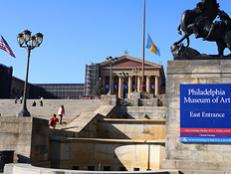



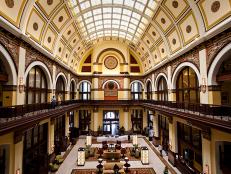




















.jpg.rend.hgtvcom.231.174.suffix/1674758726773.jpeg)











